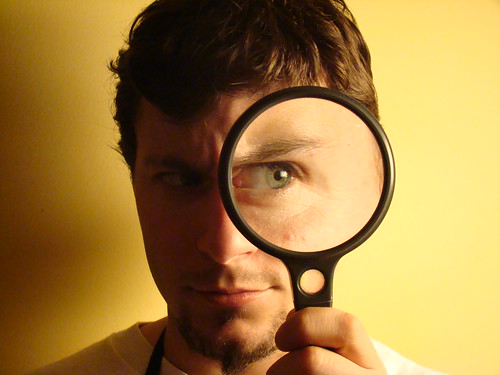 This year we have seen the United States Patent and Trademark Office (USPTO) and the World Intellectual Property Organisation (WIPO) issue rules for bringing prior art to the attention of patent examiners. We are likely to see the same thing in New Zealand.
This year we have seen the United States Patent and Trademark Office (USPTO) and the World Intellectual Property Organisation (WIPO) issue rules for bringing prior art to the attention of patent examiners. We are likely to see the same thing in New Zealand.It is effectively crowd sourcing of prior art searching. The purpose of the rules is to permit third parties (including competitors) to contribute to the quality of issued patents.
WIPO submissions
From 2 July 2012, third parties have been able to submit observations on an international PCT application during the international phase. Each submission must contain:
- list of no more than 10 patent documents or other publications submitted
- brief indication of how each reference is considered to be relevant
- copy of each reference
USPTO submissions
The USPTO revised its rules for third parties submitting prior art against US patent applications on 16 September 2012. Each submission must contain:
- list of patents, published patent applications and other printed publications submitted
- concise description of relevance of each item listed
- copy of each non-US patent document listed
- English language translations of any non-English language item listed
New Zealand submissions
The Patents Bill 2008 currently under consideration will also provide the opportunity for crowd sourcing of prior art searching. Clause 72 requires patent applications to be made open to public inspection 18 months after the earliest priority date.
Once a New Zealand patent application is open to public inspection, clause 86 will permit third parties to assert that it lacks novelty and/or does not involve an inventive step. The notice must state the reasons for the assertion. Although the regulations are still being prepared, I expect that they will set out requirements for notices such as a list of the references, a description of relevance for each reference and English language translations of any non-English language item listed.
Once the new Bill becomes law I expect that crowd sourcing of prior art searching will be undertaken by the open source community and their allies. InternetNZ for example maintains a patent watch service called IPWATCH. The purpose of the service is to bring New Zealand patent applications in certain Internet-related fields to the attention of the public. Details are published at the start of an opposition period, thereby giving interested parties an opportunity to oppose grant of these patent applications.
According to an official report to the Commerce Select Committee, there were fewer than two dozen submissions on the Patents Bill that dealt solely with the issue of software patents. Most of the submitters opposed to software patents were computer programmers involved with the creation or use of open source software. The report notes that proponents of the open source model are often fiercely opposed to the patenting of software.
One of the main arguments raised by the open source community was that many such patents are granted for trivial or existing techniques. I expect that the ability to crowd source prior art searching, when combined with other aspects of the new regime, will address this argument. Third parties will have the opportunity to provide New Zealand patent examiners with relevant prior art.
Photo courtesy of author andercismo under Creative Commons licence.
No comments:
Post a Comment